
How to get the SANS 941:2020 Test Report?
The National RegULator for Compulsory Specifications (NRCS) of South Africa enforces strict compliance regulations on electrical products entering the South African market. The Letter of Authority (LOA) is a key certificate requiRED for legal product sales. During the LOA application process, SABS (South African Bureau of Standards) testing plays a central role and directly impacts the efficiency and outcome of certification. This article provides a detailed guide on key considerations for SABS standard testing to help enterprises efficiently complete NRCS certification.

Identify the Applicable SABS Standard
South Africa has established specific SABS standards for different categories of electrical products. For example, household appliances must comply with the SANS iec 60335 series, while lighting products must meet the SANS iec 60598 requirements. Before testing, enterprises must confirm the applicable standard version (e.g., SANS 62368-1:2020) through the NRCS website or by consulting a certification agency to avoid test failures caused by incorrect standard application.
Preparation and Submission of Test Samples
- Representative Samples: Submitted test samples must be identical to the mass production model, including key components (e.g., power modules, insulation materials). If multiple derivative models exist, provide the sample with the most stringent configuration.
- Documentation: Complete technical documentation (circuit diagrams, BOM lists, user manuals) must be included. Safety warnings must comply with SABS language requirements, typically English.
Selection and Accreditation of Test Laboratories
NRCS only accepts test reports from contracted and recognized laboratories (e.g., SABS-owned labs or ILAC-accredited bodies). Enterprises must confirm the lab’s accreditation covers the specific standard clauses and clarify the testing timeline in advance (typically 4–8 weeks). If the product has already passed IEC or EN standard testing, partial exemptions may be granted, subject to equivalency documentation.
Key Testing Focus Areas
- Electrical Safety Testing: Includes withstand voltage testing (e.g., 2500V AC for 1 minute), ground continuity testing (≤0.1Ω), and glow-wire testing for insulation materials (e.g., 750°C).
- emc testing: Must comply with the SANS IEC 61000 series, especially for radiated emissions (30MHz–1GHz) and electrostatic discharge (±8kV contact discharge).
- Energy Efficiency Requirements: Certain products (e.g., motors, lighting devices) require additional SANS 941 energy efficiency testing and labeling of the energy efficiency grade.
Rectification Strategies After Test Failure
If the product fails the test, enterprises must address each issue outlined in the lab's Deviation Report. Common issues include:
- Structural Deficiencies (e.g., insufficient clearance): May require PCB layout adjustments or added insulation barriers.
- Non-compliant Components: Replace uncertified parts (e.g., fuses must comply with SANS 60127).
After rectification, samples must be resubmitted for testing. Pre-testing is recommended to reduce the risk of final test failure.
Link Between Test Report and LOA Application
Upon passing the tests, the lab will issue an SABS-format test report (typically valid for 3 years). Enterprises must submit the report along with the NRCS application form and factory inspection documents (if applicable). Note: If the product undergoes key parameter changes (e.g., input voltage range), retesting or a change declaration is required.
Continuous Compliance and Market Surveillance
After obtaining the LOA, NRCS will perform market surveillance through random sampling to verify product conformity. Enterprises must retain test samples and production records for at least 5 years and regularly check for updates to SABS standards (e.g., transition period requirements) to avoid invalidation due to standard revisions.
By systematically understanding the key points of SABS testing, enterprises can significantly shorten the NRCS certification cycle (typically within 6 months), laying a solid foundation for successful entry into the South African market. It is recommended to work with professional certification agencies to monitor regulatory updates and ensure long-term compliance.
Email:hello@jjrlab.com
Write your message here and send it to us
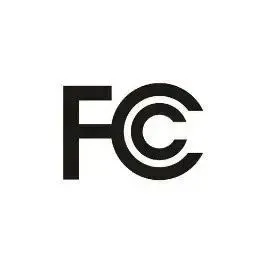 FCC Certification for Automatic Parking Radar Sens
FCC Certification for Automatic Parking Radar Sens
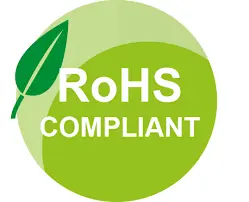 Temu Europe Station CE-RoHS Compliance
Temu Europe Station CE-RoHS Compliance
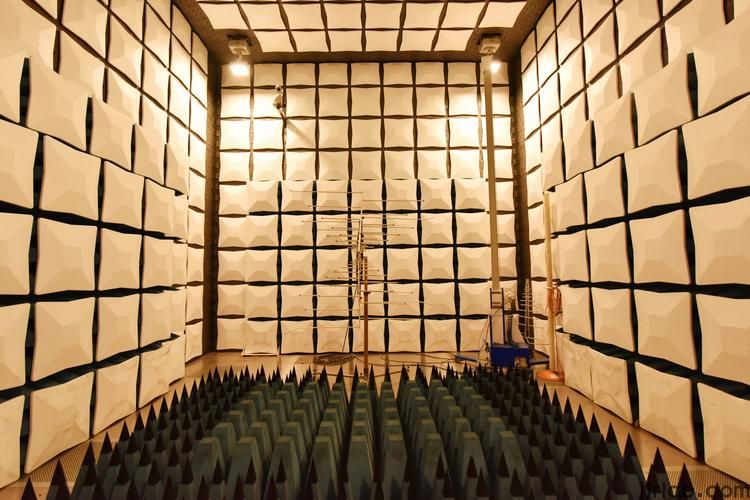 FCC ID Certification and SDoC Compliance
FCC ID Certification and SDoC Compliance
 Export Certification and Compliance for Lighting F
Export Certification and Compliance for Lighting F
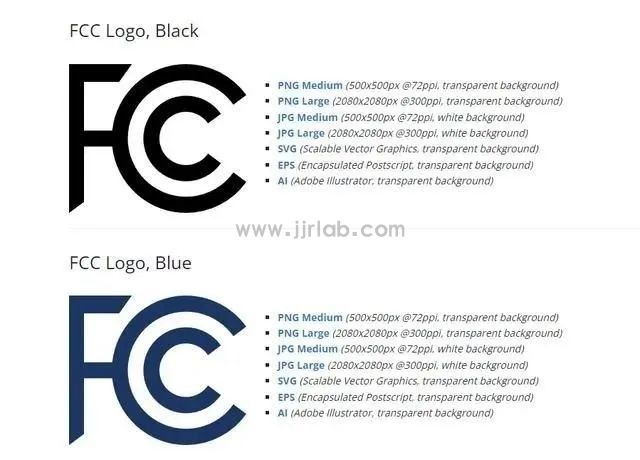 FCC Certification Resumes Issuance
FCC Certification Resumes Issuance
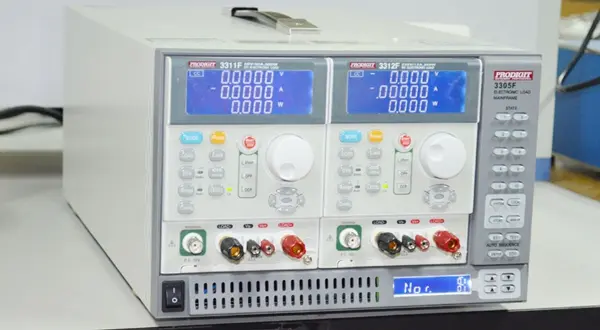 Electrical Toy Safety Certification EN 62115 EMC T
Electrical Toy Safety Certification EN 62115 EMC T
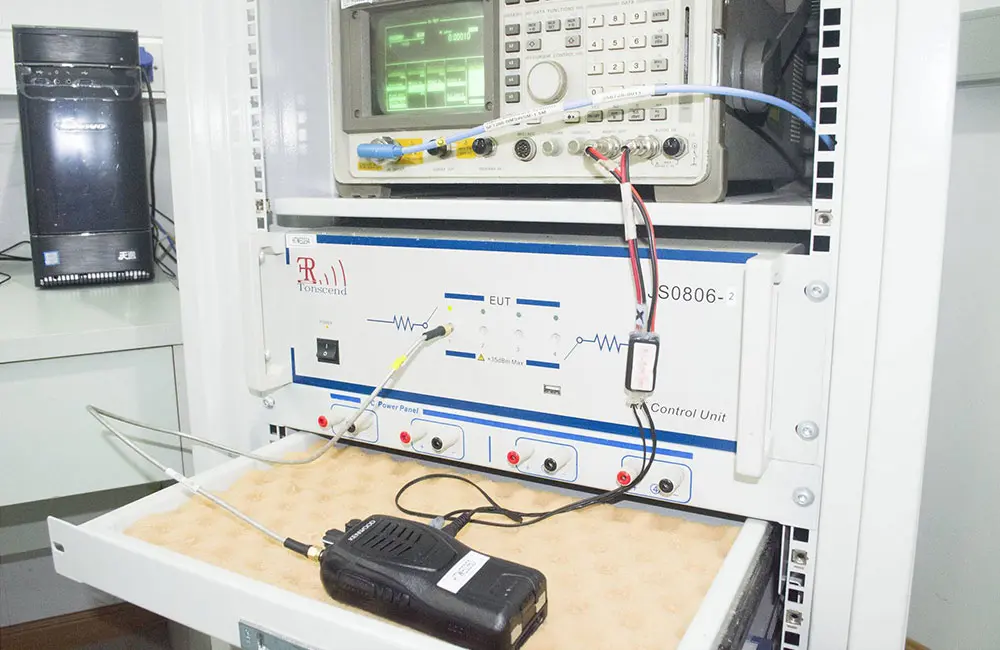 What is the UL 62368 Test Standard?
What is the UL 62368 Test Standard?
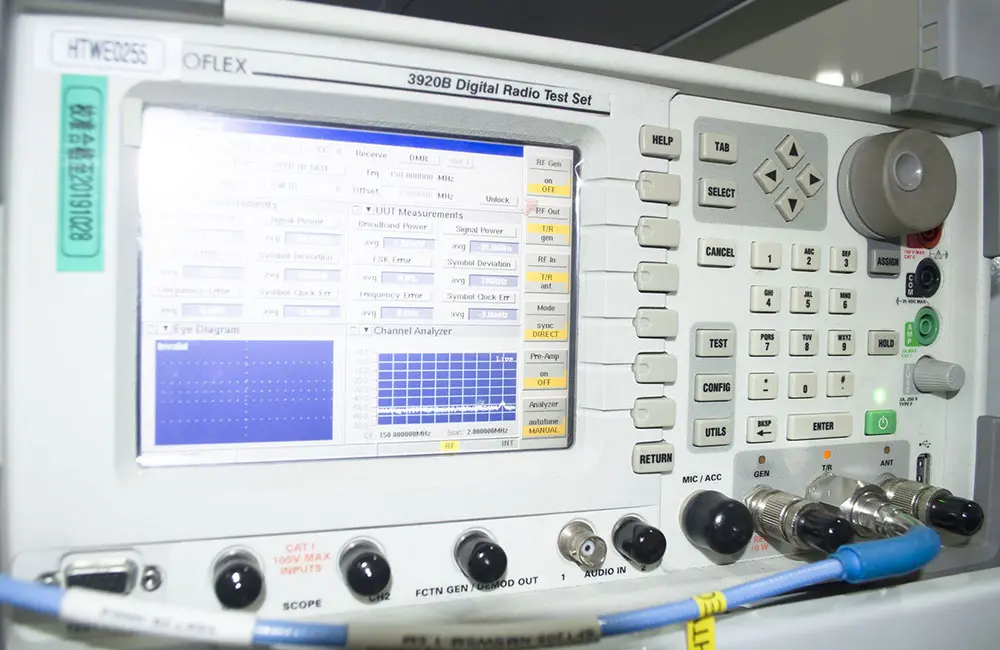 Is CISPR 32 the same as EN 55032?
Is CISPR 32 the same as EN 55032?
Leave us a message
24-hour online customer service at any time to respond, so that you worry!




